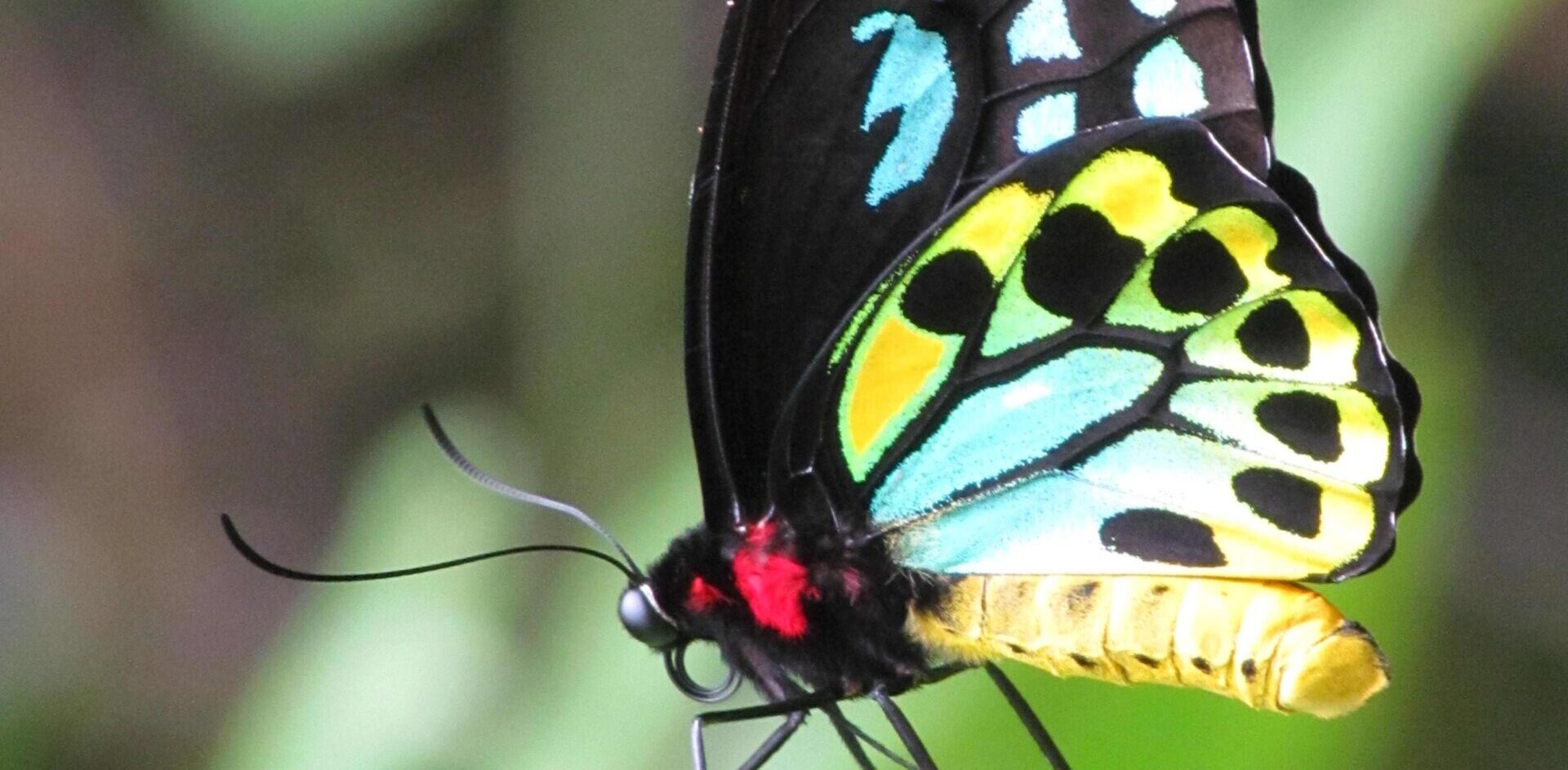Left: Carnaby’s black cockatoo (Zanda latirostris), Right: Red flowering gum (Corymbia ficifolia), an endemic species to southwest WA.Photo credits: Lori-Ann Shibish and Colin Ingram Esperance Wildlife Sanctuary Inc Western Australia • CHADWICK In 2021 we purchased our 12-acre property that was part of a 1980s subdivision, partly cleared to run...
Let’s get one thing straight: killing sharks does NOT make our beaches safer.
Back in 2014 when the Western Australian Government shark debacle was in full throttle, 305 scientists from Australia and around the world wrote to Premier Barnett stating that there was insufficient evidence to justify the use of lethal drumlines in respect to ocean safety. Since then, scientists at Deakin University have confirmed that nets and drumlines offer no real defence against a shark interaction.
Killing the nearest great white shark helps nobody, and the public certainly doesn’t want massive retaliations carried out. The best example of this being in 2014 when the WA fisheries department caught and killed over 170 sharks, the overwhelming negative public reaction and lack of scientific evidence to support a cull saw that policy stopped in its tracks.
Many families and friends of victims, and those that have survived shark bites over the last seven years did not want the shark to be killed. A family member of Sam Kellett, fatally wounded in South Australia in 2014 said,
“Despite the manner in which Sam was killed, he had a great love of the ocean environment and had respect for sharks. He knew he was a visitor in their backyard and the last thing he would want is for this shark, or any other to be hunted down and culled.”

Tiger shark
The pursuit of a large range of non-lethal measures coupled with high profile education programs will be the most effective means of public beach safety in Australia, many of which were highlighted at last year’s ‘Shark Summit’ sponsored by the NSW Government. There are also new scientific breakthroughs occurring for personal devices, such as a wearable electric shark deterrent. Known as the shark shield, published research in PLos One shows the device does indeed keep sharks at bay, even white sharks, with the research showing 89% were continually deterred from taking the bait.[1] Personal devices can help to reduce the already low risk of shark bite or injury, and also provide peace of mind while in the water.
There can never be a guarantee that it is safe to go into the water, and as the inevitable growth in beach usage continues, interactions, although rare, are going to occur. It doesn’t help that certain sections of the media remain very happy to shamelessly and dangerously whip up mindless and absolutely fact-free hysteria about shark behaviour.
The FACT is sharks need our help. We’ve known of the alarming downward trends in populations of the world’s large predatory fish, such as cod, tuna, swordfish, marlin, grouper, halibut and shark for many years now, with some estimates suggesting that the decline has been in the order of 90%. [2]

Galapogus Whaler
Recent research by Dr Christopher Neff from the University of Sydney[3] suggests that the majority of the public want non-lethal options for shark control, with survey responses amounting to over 75% for options that don’t include nets, drumlines or culls. Remarkably, over 50 percent of people also indicated a belief that shark bites are accidents and that ‘no one’ was to blame when shark bites occur.
Over the last two decades Humane Society International has slowly but successfully had the diminishing status of a number of shark species recognised in state, national and international law.
More recently we have sent scientific nominations to the Commonwealth to have ‘shark beach meshing and drumlines’ and ‘recreational fishing which results in the capture of top order predators such as sharks’ listed as Key threatening Processes (KTPs) under the Environment Protection and Biodiversity Conservation Act, 1999 (EPBC Act). We have already gained the listing of ‘shark beach meshing’ as a KTP under New South Wales law and are consequently seeking legal advice about the nets continued usage. Our lawyers are also reviewing the extended use of drumlines in Queensland.
An example of the perversity of shark conservation policy in Australia is that despite the great and scalloped hammerhead sharks being protected under NSW law as threatened species; being considered for protection under Federal law; and protected by two international treaties, the Commonwealth still permits a substantial export industry. The Commonwealth says it doesn’t have enough data to list the species as threatened, and yet the lack of such data doesn’t get in the way of industry’s export desires! We need far stronger national environment laws to protect sharks and our marine environment. The time has come to end targeted commercial and recreational shark fishing in Australia, and we can start by prohibiting the import and export of all shark fins.
National action to effectively protect sharks will not succeed until; 1) all political parties commit to retaining Federal environment powers; 2) immediately and significantly upgrading the powers of the EPBC Act; and 3) committing to the early development and implementation of ‘next-generation’ environmental law. The Australian Labor Party and the Australian Greens have committed to this essential legislative reform, while, unfortunately, the Coalition partners remain committed to devolving, disastrously, Federal environment powers to the states and territories.
[1] https://theconversation.com/finally-a-proven-way-to-keep-great-white-sharks-at-arms-length-61986?
[2] http://www.coml.org/discoveries/trends/predatory_fish_decline
[3] http://www.perthnow.com.au/news/western-australia/shark-threat-support-low-for-perth-shark-kills-after-attacks–survey/news-story/81d14f9316439d8c16742156f29eaf02


